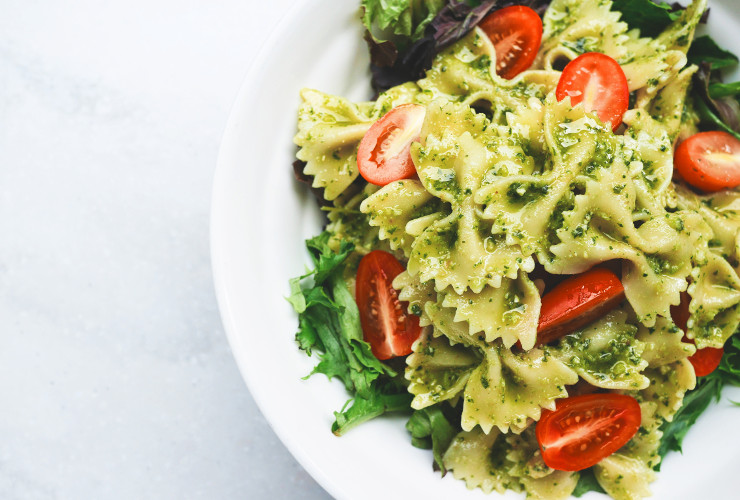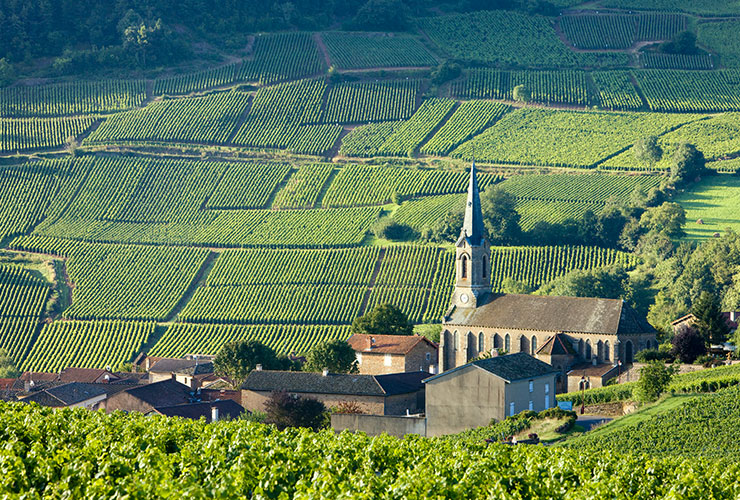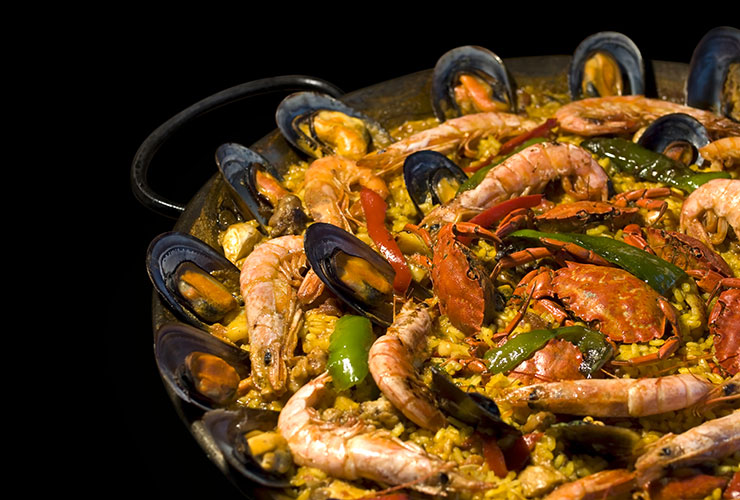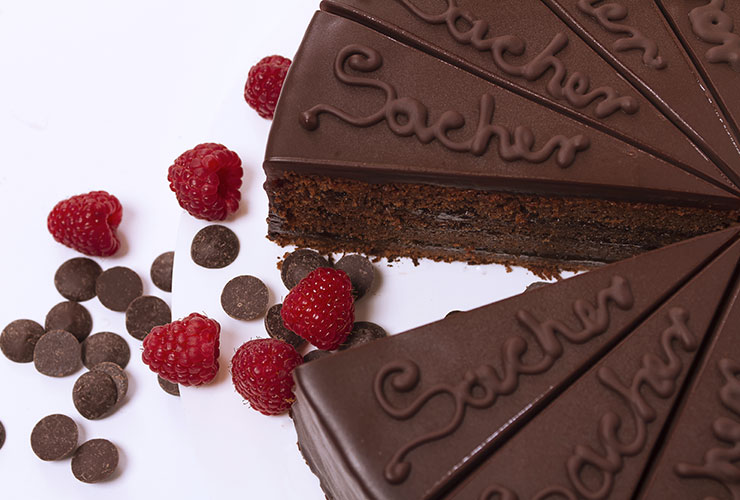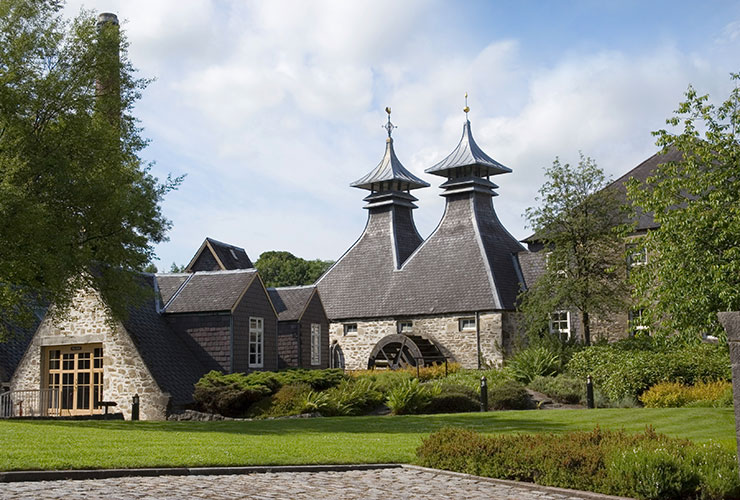Beer & Hofbräuhaus Experience
Germany has more breweries than any other country in the world, and beer is without a doubt the national drink. The excellence of German beer derives from the Reinheitsgebot, the world’s oldest food purity law which was promulgated in 1516 by Wilhelm IV of Bavaria.The law stated that the only ingredients which can be used in the production of beer were water, barley and hops. The Reinheitsgebot spread slowly across Germany through the persistence of Bavaria. It was especially useful in preventing competition on the price of wheat and rye between brewers and bakers and to fix the price of beer.
In Germany each area has its own local production and there are as many 5000 different types of beer, produced by more than 1,200 factories scattered throughout the country. The beers are even different due to the drinking habits of the various German regions. The light Pils with a moderate content of hops dominates in the North, while in Düsseldorf and in the Lower Rhine the “Alt” with amber color and sour freshness is most popular. In Cologne you can enjoy the “Kölsch” with its light yellow color and a marked hop flavor. Further south you can taste the “Pale” and the “Lagerbier”. Still in the South you can enjoy the clouded white “Weissbier” and the “Weizen” made of wheat.
Near Munich, in the town of Freising you will find Weihenstephan, the oldest brewery in the world. Since 725 the monks here were producing beer for own use, but in 1040 the Benedictine monastery of Weihenstephan was granted by the emperor the formal right to brew beer and sell it to the people of Freising.
In 1589 the “Staatliches Hofbräuhaus in München” was founded to revitalize the little production of beer and stop buying the extremely expensive imported ones. The brilliant Wilhelm V Wittelsbach had the idea to build a brewery within the Court. Its name literally means National Brewery of the Court in Munich and recalls its royal origins.
Since 1610 the Hofbräuhaus moved to its current address in the city center (#9 Platzl) and the brewed beer was no longer exclusive to the Court but could be purchased by private citizens and even sold in other breweries.
The Neo-Renaissance building that now hosts the Hofbräuhaus was inaugurated in 1897. On the ground floor there is the Schwemme, the most popular hall and the heart of the Hofbräuhaus: vaulted and frescoed ceilings, long tables of hardwood, waiters and musicians dressed in traditional Bavarian attire. And then of course the Beer, floods of lager! The atmosphere is always very cheerful and lively. On the first floor are the most quiet and exclusive rooms, while the second floor opens up into a large ballroom and offers a nice surrounding garden. Here regular clients have the honor to get their private ceramic beer mug guarded in plain sight on the ground floor. The majority are clearly Bavarian but some are even foreigners.
At any time of the day you can find here Bavarians and foreigners, friends and people who do not know each other, old and young people, men and women all sharing beer. In front of a beer there are no social or racial distinctions: the beer makes everyone equal.
German Riesling Experience
It is perhaps surprising but Germany produces some of the most exclusive white wines in the world. Its wines go through the decades without the slightest failure. This is only possible thanks to three inseparable conditions: an expansive territory, the particular climatic conditions created by the rivers which cross the country and an extraordinary performer: the Riesling of the Rhine valleys and Moselle rivers.
Although the Riesling variety is also present in other countries, the German ones set the benchmark for all other producing countries. Its origins are mysterious, but its presence is attested to as early as the 15th century by the Cistercian monks of the Eberbach monastery, who immediately realized its potential. First seen in the Rheingau area, then in the areas of Palatinate and Rheinhessen, and only in the 16th century in the Moselle region.
The vegetative process of German Riesling is much longer than the usual 100 days that run between flowering and grape harvest, extending from 120 to 160 days. Its slow aging favors the formation of clear and inebriating fruity aromas thanks to the temperature range in the months of September and October. The varietal aromas refer to the peach, apricot, lemon, apple, grapefruit, passion fruit and herbs. The terroir provides mineral notes, while the passing of time helps to develop intriguing spicy nuances.
In Germany vineyards are not ranked as in France, but rather the wine is classified according to the degree of aging of the raw material. In northern territories like Germany, the natural grape sugar is rare, so the wine names depend on their increasing alcohol degree. Almost all of the Riesling is produced without the use of barrels or barriques. The wine regulation is not easy to interpret and is always subject to the natural sugar content reached by musts at the time of their collection, giving dry or sweet wines. It is difficult to understand in advance what we will find in the bottle. We can find a little help though by noting the alcohol degree written on the label: the most it will be low, the highest the sweetness will be. The law requires that the sugar content of the musts has to be at least 67 ° Oechsle, which produces an alcohol content of around 9-10%.
The areas of Pfalz, Moselle, Rheingau and Rheinhessen are not the only wine-producing regions, and the Riesling not the only variety cultivated. Yet they are to be sure the most qualitative regions and perfect for the production of great wines. The first three regions above-mentioned usually produce the dry Riesling (on the labels you will find the word Trocken), while the vineyards located on the banks of the Moselle mostly give wines with a sugary residue and on their labels you will find the terms Kabinett, Spätlese and Auslese.
During the harvesting period between late August and September you can choose among dozens of festivals and events whose main star is the wine, such as the Weinfest of Rudesheim, in the Rhine Valley, and the Weinparade am Dom in Würzburg. Stuttgart sets up an entire village dedicated to wine, the Weindorf. Not to be missed are the Wurstmarkt (sausage market) of Bad Durkheim and the harvest feast of Neustadt. These two towns mark locations along the Deutsche Weinstrasse, the German Wine Road which runs through the region of Pfalz, between the Rhine and France. The Weinstrasse is an extremely interesting destination all year round, where wine tasting is just a pretext to admire the delightful landscapes and charming ancient villages.
 Hire Expertise
Hire Expertise Bespoke Itineraries
Bespoke Itineraries Travel Carefree
Travel Carefree